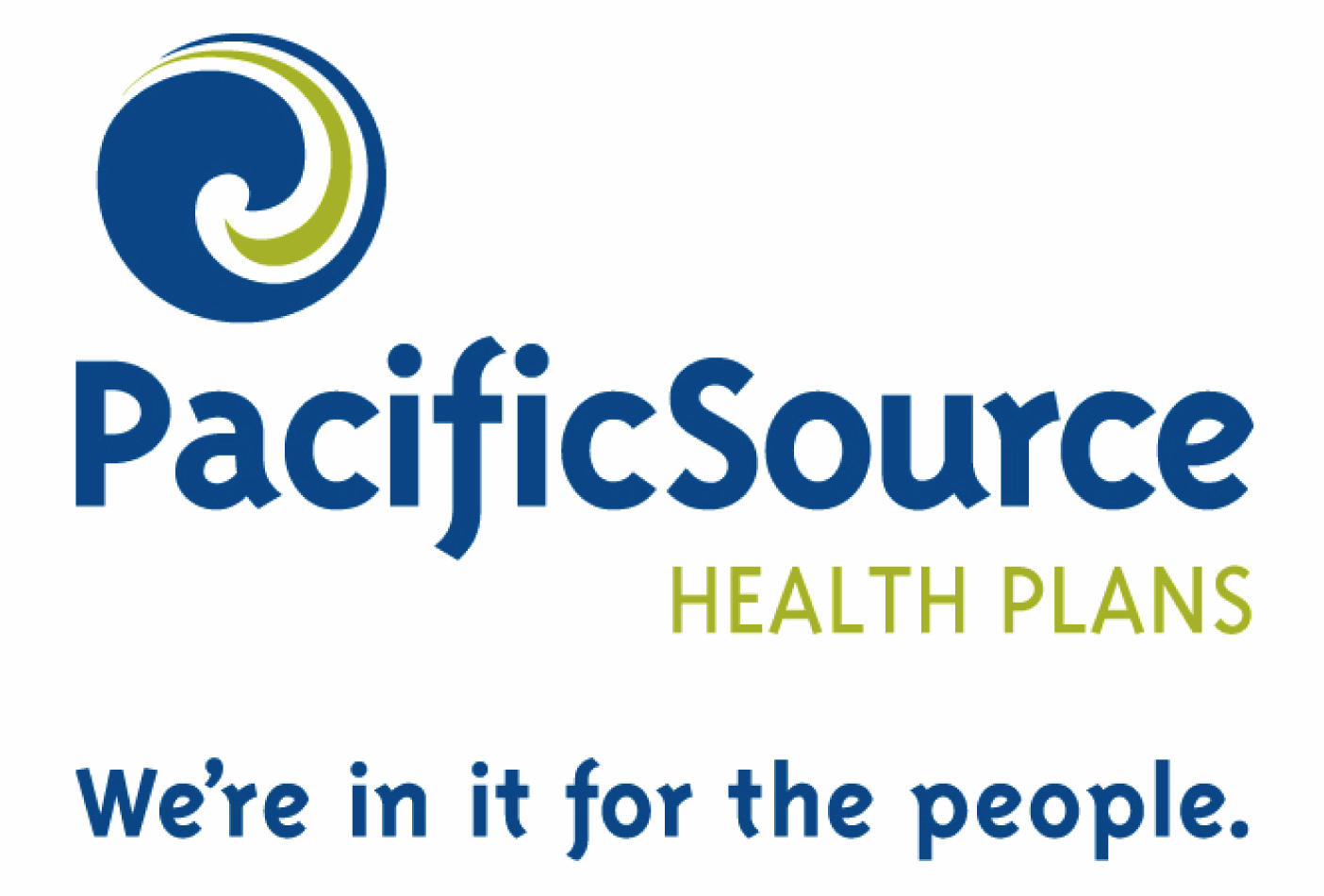System objectives (“The Triple Aim,” as developed by by the Institute for Healthcare Improvement)
- Improve the overall health of the defined population
- Reduce per-capita cost
- Improve the individual patient experience in terms of clinical outcome, patient safety and patient satisfaction
Eliminate fragmented eligibility and payment categories
- Eliminate Medicaid eligibility categories;
- Collapse four main Medicare payment categories (hospital inpatient services; physician/outpatient services; prescription drugs; and long term care through Medicaid) into single revenue stream.
Establish publicly financed floor with a defined benefit Public sector explicitly assumes responsibility for financing care for those who cannot afford to do so themselves. There is a defined benefit with a global budget.
Delivery of care is organized around families of conditions Treatment and management protocols are developed around at least the five families of conditions which account for most of the cost and patient encounters in the system: (pregnancy and childbirth; acute fatal conditions (e.g. trauma, acute MI); chronic fatal conditions (e.g. diabetes, CHF, asthma); acute non-fatal conditions (e.g. cystitis, URI); end of life care).
Revenue flows to a risk bearing entity which:
- Assumes clinical and economic risk
- Assumes responsibility for the health of a defined population
- Serves as a single point of contact (advocate/case manager) for each individual in the defined population.
Payment (how providers get paid) takes three forms
- Initial monthly/annual (risk adjusted) “subscription” for maintaining primary relationship with each individual.
- A bundled (risk/severity adjusted) payment – for complex conditions – especially those requiring hospitalization.
- An annual performance bonus payment added to the subscription for high quality care (reducing complications, hospitalizations, etc).
Use value-based cost sharing: Co-payments are used to help drive individual behavior and accountability within the context of the agreed upon system objectives, not simply to shift costs.










Recent Comments